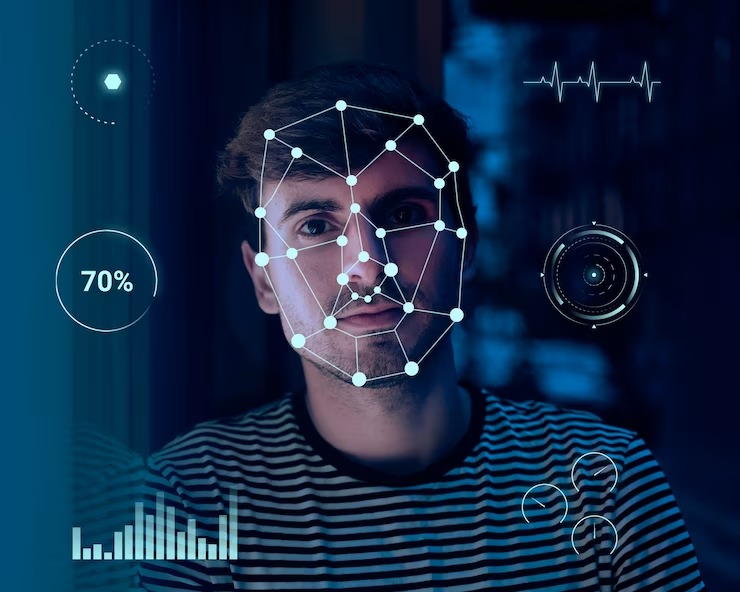Yolo247 Login, Sky247 Login, 11xplay, Laserbook247: Biometric analysis has revolutionized the way we understand athlete performance. By utilizing advanced technology to measure and analyze various physiological markers, such as heart rate, oxygen levels, and muscle activity, coaches and trainers can gain valuable insights into an athlete’s physical condition and monitor their progress over time. This exciting field of study allows us to uncover the intricate details of how our bodies function during exercise, helping to optimize training programs and enhance overall athletic performance.
The impact of biometric analysis on athlete performance cannot be overstated. With the ability to gather real-time data on key indicators of physical exertion, coaches are able to make informed decisions on rest and recovery periods, adjust training intensity, and identify potential areas for improvement. By closely monitoring an athlete’s biometric data, it becomes possible to prevent overtraining and reduce the risk of injury, ultimately maximizing an athlete’s potential and pushing the boundaries of what was previously possible. This fascinating world of biometrics opens up a whole new realm of possibilities for athletes, coaches, and trainers alike, fueling excitement and innovation in the realm of athletic performance.
� Biometric analysis provides valuable insights into an athlete’s physical condition and progress over time.
� Advanced technology measures physiological markers such as heart rate, oxygen levels, and muscle activity.
� Optimizing training programs and enhancing overall athletic performance is possible through understanding how our bodies function during exercise.
� Real-time data on key indicators of physical exertion allows coaches to make informed decisions on rest and recovery periods.
� Adjusting training intensity based on biometric data can prevent overtraining and reduce the risk of injury.
� The impact of biometric analysis pushes the boundaries of what was previously possible in athletic performance.
Understanding the Importance of Biometrics in Training: Discover why analyzing player biometrics is crucial for designing effective training programs.
Biometrics, the field that combines biology and technology, is revolutionizing the way athletes train and perform. By analyzing player biometrics, trainers and coaches can gain valuable insights into their athletes’ physical capabilities and limitations. This data-driven approach allows for the design of tailored training programs that maximize individual potential and minimize the risk of injury.
One of the key advantages of analyzing player biometrics is the ability to track and measure performance metrics in real-time. With advanced wearable devices and sensors, trainers can monitor heart rate, oxygen levels, and even muscle activity during training sessions. This wealth of information provides a comprehensive snapshot of an athlete’s physiological response to different exercises and helps trainers make informed decisions on the effectiveness of their training programs. It’s an exciting time for sports science as we witness the transformative power of biometrics in enhancing the way athletes train, perform, and excel.
What are biometrics in the context of training?
Biometrics refers to the measurement and analysis of physiological and behavioral characteristics of athletes. It involves gathering data such as heart rate, oxygen levels, and movement patterns to gain insights into performance and training needs.
How does biometric analysis impact athlete performance?
Biometric analysis provides objective data about an athlete’s physical condition and performance levels. This data can be used to identify strengths and weaknesses, track improvements, tailor training programs, and prevent injuries.
Why is analyzing player biometrics crucial for designing effective training programs?
By analyzing player biometrics, coaches and trainers can gain a deeper understanding of an athlete’s physiological response to training. This allows for the creation of personalized and targeted training programs that optimize performance and enhance overall athlete development.
What kind of biometric data is typically collected during training?
Biometric data collected during training can include heart rate, blood pressure, oxygen saturation levels, body temperature, energy expenditure, movement patterns, and even sleep quality.
How is biometric data collected during training?
Biometric data can be collected through various methods, such as wearable devices like heart rate monitors, GPS trackers, and motion sensors. Additionally, specialized equipment may be used for more comprehensive analysis, such as blood tests or advanced motion capture systems.
Can biometric analysis help prevent injuries?
Yes, biometric analysis can play a crucial role in injury prevention. By monitoring an athlete’s biometric data, trainers can identify signs of fatigue, overtraining, or potential injury risks. This allows them to adjust training programs and provide appropriate rest and recovery periods, reducing the chances of injuries.
How can biometric analysis improve athlete training efficiency?
Biometric analysis enables trainers to identify an athlete’s optimal training zones, helping them to push boundaries without overexertion. It also allows for real-time adjustments during training sessions based on an athlete’s biometric response, maximizing individual performance gains.
Is biometric analysis only beneficial for professional athletes?
No, biometric analysis can be valuable for athletes at all levels, from beginners to professionals. Understanding an athlete’s biometric response helps trainers design effective training programs regardless of an athlete’s skill level, ultimately leading to improved performance for all.
Are there any privacy concerns related to biometric analysis in training?
Privacy concerns can arise when collecting and analyzing biometric data. It is important to ensure proper consent and secure storage of the data. Adhering to ethical guidelines and regulations can help address these concerns and protect athletes’ privacy.
How does biometric analysis contribute to overall athlete development?
Biometric analysis provides valuable insights into an athlete’s physiological and performance metrics. By using this data to optimize training programs, athletes can improve their performance, reach their full potential, and achieve their long-term development goals.
Additional:
- What Does NFS Mean On Instagram?
- How To Hide Followers On Instagram?
- How To Use SmiHub Instagram Viewer?
- Prepare Your Site For An SEO Campaign That Will Win

